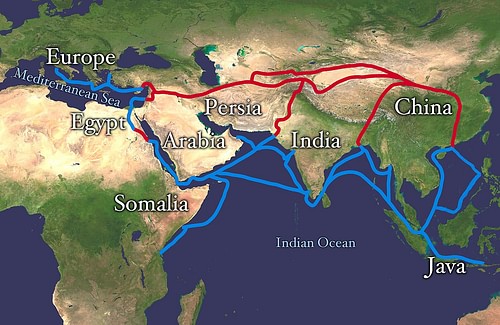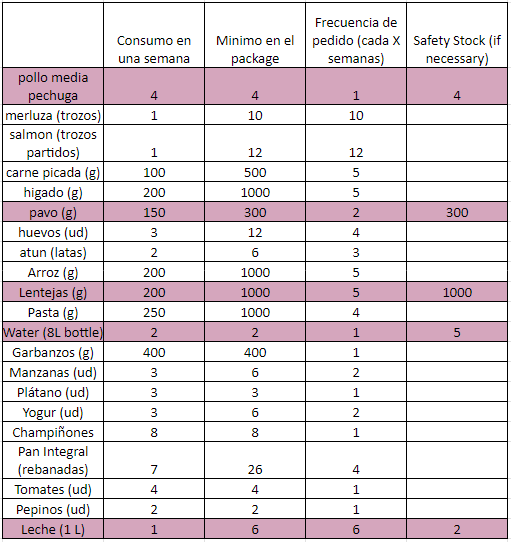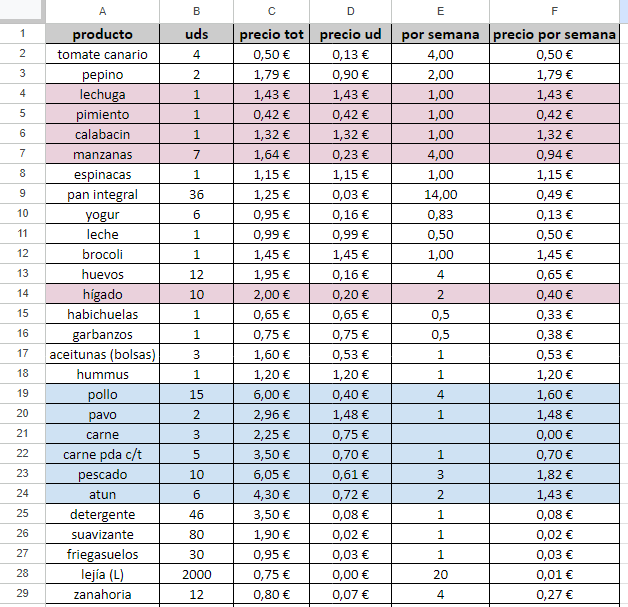Blockchain, cryptocurrency, big data, machine learning… I’ve heard these fancy words so many times in recent years but never thought about the true potential of the technology that lies behind these fancy names. Until I finally decided to learn. Honestly, after spending several days investigation on the topic I was completely blown out by the impact of blockchain on logistics. Here’s why.
No! Wait a minute. What was blockchain again?
Blockchain is a secure, tamper-proof way (it cannot be modified or altered without detection) for multiple people to store and share data. It is a decentralized database that stores records (called blocks) that are linked and secured with cryptography. Cryptography is a method of storing and transmitting data in a secure and encrypted form. Cryptography is used to protect data from unauthorized access and to ensure its integrity and authenticity.
In simple words, it’s a super-secure space for sharing data. Here you can check a very useful video by Simplilearn with more information about blockchain.
Pros of Blockchain in Supply Chain
In recent years, blockchain technology has emerged as a promising solution to many challenges in the supply chain industry. Blockchain technology has the potential to transform the supply chain in several ways, including:
Transparency
Blockchain technology allows all parties involved in the supply chain to access and track the complete transaction history of a product, creating greater visibility and accountability in the supply chain.
Traceability
Blockchain technology enables the tracking of products at every stage of the supply chain, allowing for quick identification of any problems.
Efficiency
Smart contracts and automation can reduce the time and cost associated with manual processing, increasing the efficiency of supply chain operations.
Security
The decentralized nature of blockchain makes it resistant to cyber-attacks and data breaches, providing a high level of security.
Sustainability
Blockchain can provide detailed information about the production process, helping consumers make informed decisions and encouraging companies to adopt more sustainable practices.
Real-life examples
In fact, many large companies are now implementing blockchain technology into their services.
In 2018, DHL and Accenture developed a blockchain-based prototype to track pharmaceuticals across the supply chain, with the goal of increasing accuracy, streamlining processes, and reducing annual freight spend. The prototype can handle a high volume of unique serial numbers and transactions per second. The project aims to reduce the risk of counterfeit pharmaceuticals in emerging markets, which account for up to 30% of pharmaceutical products. The blockchain technology used provides enhanced safety standards and reduces costs for all stakeholders involved in the supply chain. For more information check this article published on the official DHL web-site.
Walmart, a leader in supply chain management, is now using blockchain to create an automated process for handling invoices and payments of its 70 third-party freight carriers. The implementation of a blockchain network has not only solved payment problems but has also resulted in significant operational efficiencies. Check this Harward Business Review article to find out the key lessons for creating a blockchain network to improve business processes based on Walmart’s case.
Wow! It’s actually a really useful technology. But… the old saying goes, all that glitters is not gold. Blockchain has its cons.
Cons of Blockchain in Supply Chain
First of all, there is a privacy problem. While blockchain technology is secure, the transparency of the ledger means that transactions are visible to all participants, raising concerns about data privacy.
On top of that, the lack of clear regulatory frameworks for blockchain technology can lead to uncertainty and ambiguity, creating legal and regulatory challenges for companies using the technology.
Finally, blockchain technology is complex and requires technical expertise to implement and manage effectively. The current design of most blockchain systems is limited in terms of scalability. The more participants in a network, the more computing power and time it requires to validate and add new transactions to the ledger.
The future of blockchain
As we can see, blockchain technology offers an exciting opportunity for logistics companies to revolutionize their operations and gain a competitive edge in the industry. With fast advancing technologies the cons of blockchain will soon be balanced and it will be an essential part of the businesses in the nearest future.
I strongly believe that despite some challenges and limitations, the potential benefits of blockchain in logistics are truly awe-inspiring and can revolutionize the way we manage our supply chains, making them more transparent, secure, and efficient than ever before. So, let’s embrace the power of blockchain and take logistics to the next level!












